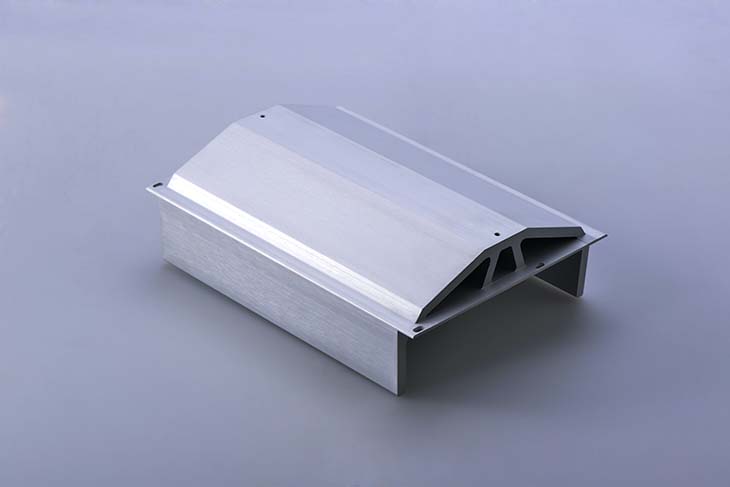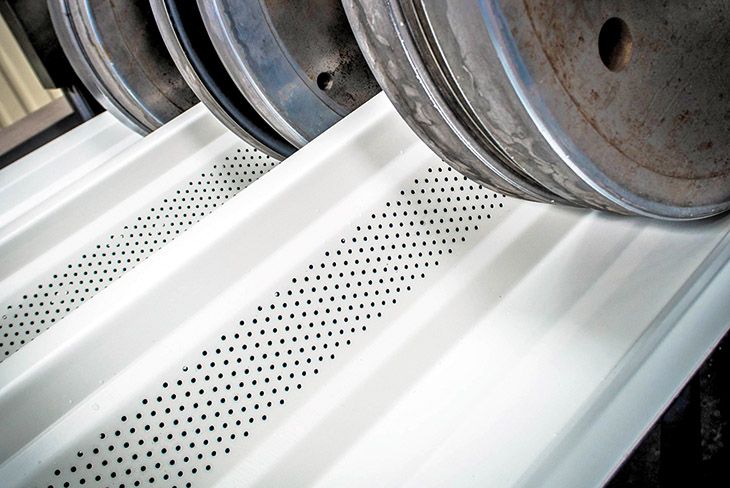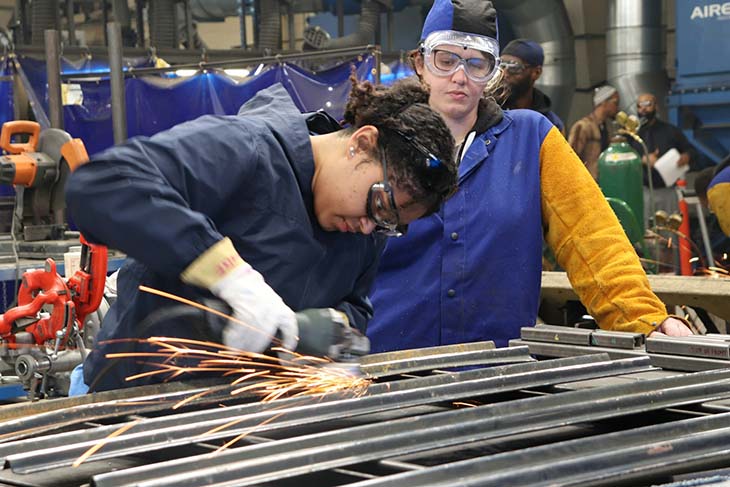Aluminum is transforming additive manufacturing with dozens of new applications in a variety of industries. The unique properties of aluminum make it a valuable metal in everything from dental implants to aircraft components. Metal 3D printing makes it possible to combine the benefits of additive manufacturing and aluminum to power innovation.
1. Faster Electronics Manufacturing
While the global chip shortage has cooled off significantly since 2020, it remains a challenge in many industries. Most of the world’s chip fabs are operating at or near maximum capacity and barely keeping up with demand. 3D printing could help, especially when using aluminum.
As a conductive metal, aluminum is a popular metal in electronics. It is affordable, flexible, malleable and durable, all properties that are helpful for conductive components. With additive manufacturing, chip fabricators can produce more aluminum components with less time and money.
Of course, many aspects of electronics manufacturing are already automated. However, additive manufacturing still has an advantage since it also removes the need for additional assembly steps. Printers that can handle different types of metals could even print entire PCBs with no assembly in the near future.
For example, researchers are developing nano-scale 3D printers that could one day lead to highly streamlined, precise semiconductor printing. Aluminum additive manufacturing is paving the way for these developments by allowing individual electronic components to be 3D-printed today.
2. Recyclable 3D-Printed Goods
One of the best features of aluminum is its recyclability. More and more businesses are researching ways to make their products easier to recycle without increasing production costs or purchase prices. Consumers want sustainable goods, but don’t want to pay significantly more for them.
Aluminum additive manufacturing can meet both of these goals. In fact, additive manufacturing can amplify aluminum’s potential sustainability. Businesses can use it to make recyclable aluminum products while also minimizing waste and production costs. Studies show over 90% of aluminum is recycled in some industries.
Since additive manufacturing only uses the absolute minimum amount of material needed, it creates much less production-related waste than conventional manufacturing. Combining this with the recycling properties of aluminum can lead to significant gains in sustainability and ESG initiatives.
3. 3D-Printed Aircraft Components
The aerospace industry is one of the highest consumers of aluminum today. In fact, the famous Wright brothers’ airplane had an aluminum engine, which helped reduce the plane’s weight enough for it to take flight. Bringing aluminum to additive manufacturing will make it a top technology for the aerospace industry.
Additive manufacturing is uniquely well-suited for producing aircraft components. Many of the parts that go into an aircraft are small, complex and require careful assembly. Additive manufacturing can simplify production and improve safety by removing the need to assemble parts.
This exact strategy got its first big test in 2023 when spaceflight startup Relativity Space launched the first 3D-printed rocket. The rocket was made with several printers, including the Stargate, the world’s largest 3D printer. Using additive manufacturing allowed Relativity Space to reduce their production time to two months, down from the industry average of about 24 months. 3D printing also reduced the number of parts in their rockets and simplified prototyping.
This strategy could very well be the future of aerospace manufacturing. Now that aluminum and other key metals are viable for 3D printing, the technology is truly starting to take flight.
4. More Affordable Dental Implants
Thousands of people around the world use dental implants, such as metal-plastic retainers or braces. These products have important medical and mental health benefits, but cost too much for many people to afford. Aluminum additive manufacturing can address this issue by making low-cost dental implants more accessible.
Metal 3D printing methods like selective laser melting have the precision needed to successfully craft sensitive dental implants. The speed and low waste produced by this manufacturing process lowers the cost to produce individual units. As a result, dental companies can offer implants at more affordable rates.
Additive manufacturing is already proving successful in the dental industry with full-plastic retainers. Studies have found that 3D-printed plastic retainers are less expensive and more comfortable than traditional retainers, yet just as effective. With the introduction of metal 3D printing to the dental industry, more of these innovations could soon emerge.
5. Accessible Prototyping and Modeling
Aluminum is making additive manufacturing a more desirable technology for conducting prototyping, modeling and other R&D processes. Many industries have been eyeing additive manufacturing for prototyping tasks for years. However, being limited to plastic materials makes it a poor fit for testing many products.
That’s changing with the introduction of mainstream metal 3D printing. Now aluminum is a versatile and widely available additive manufacturing material. It’s opening up many new opportunities in prototyping using 3D printers.
Thanks to its combination of affordability, flexibility, durability and corrosion resistance, aluminum is ideal for prototyping tasks. Now researchers can access those benefits alongside the rapid prototyping capabilities of additive manufacturing.
Aluminum: Supercharging Additive Manufacturing
Aluminum additive manufacturing is a major innovation for a wide range of users and industries. This popular and versatile metal could help boost additive manufacturing adoption now that it is compatible with 3D printers. Industries like aerospace, automotive and electronics are particularly well-suited to harness the benefits of aluminum additive manufacturing.
























